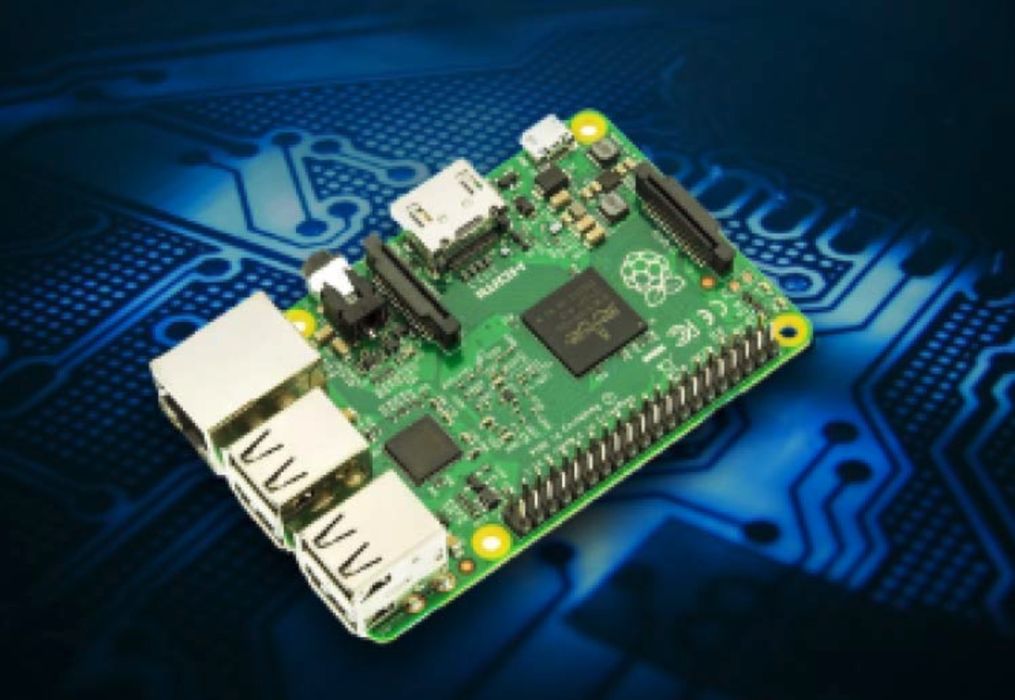
This week’s selection is “Raspberry Pi 4 For Beginners And Intermediates” by Craig Berg.
The Raspberry Pi, an inexpensive microcomputer on a single board, is most definitely not a 3D printer. However, this popular piece of hardware seems to get involved in many 3D printing projects, and so it’s appropriate for 3D printer operators to know something about this magic device.
The key to the success of the Raspberry Pi is not only its low price, but also that it uses standard software libraries often used in mainstream software development environments. This made it possible for many software programmers to easily make a shift into the Raspberry Pi world, and in turn resulted in many, many projects available for use on the platform.
In 3D printing projects, the Raspberry Pi is frequently used as the “brain” of a system. The Pi board contains a number of inputs that can be connected to sensors, and several outputs that can be connected to motors, lights and other accessories. All you need is the programming logic to drive a device, and that’s often easily found, made by some other party.
But what if you want to program your own logic? What if you wanted to build something entirely new using 3D printing and drive it using a Raspberry Pi?
This book will take you through the basics of developing software and using the Raspberry Pi system.
Author Berg begins with a discussion of the structure of the Pi itself: the PCU, memory, networking and storage. In this book, Berg focuses on the latest iteration of the Pi, the Raspberry Pi 4. Note there are other models of the Pi on the market, including the popular and extremely small Pi Zero. These are somewhat different, but this book will assist you in using them as well, so long as you consider the slight differences between models.
Berg shows how to load a basic operating system on the Pi (Raspbian, a Linux variant), and how to perform basic functions with it. Also shown is now to operate the Pi remotely, which is the most common approach, and is far more convenient than hooking up keyboards and screens to the tiny board.
Several projects are walked through in the book, and these should provide you with a good understanding of how to build projects on a Raspberry Pi. Projects include:
- Apache (web) and FTP server
- Home cloud storage system
- Amazon Echo Alexa clone
- Weather station
Finally, Berg shows how to set up a Python programming environment so that you can build your own logic easily into the Pi, and he’s also added a section on troubleshooting.
This book is all you need to get going on developing your own Raspberry Pi system — except for the hardware, of course.
We’re an Amazon Associate and earn a small fee from qualifying purchases. Help support our 3D print news service by checking out this book!
Via Amazon
